Our Wildlife
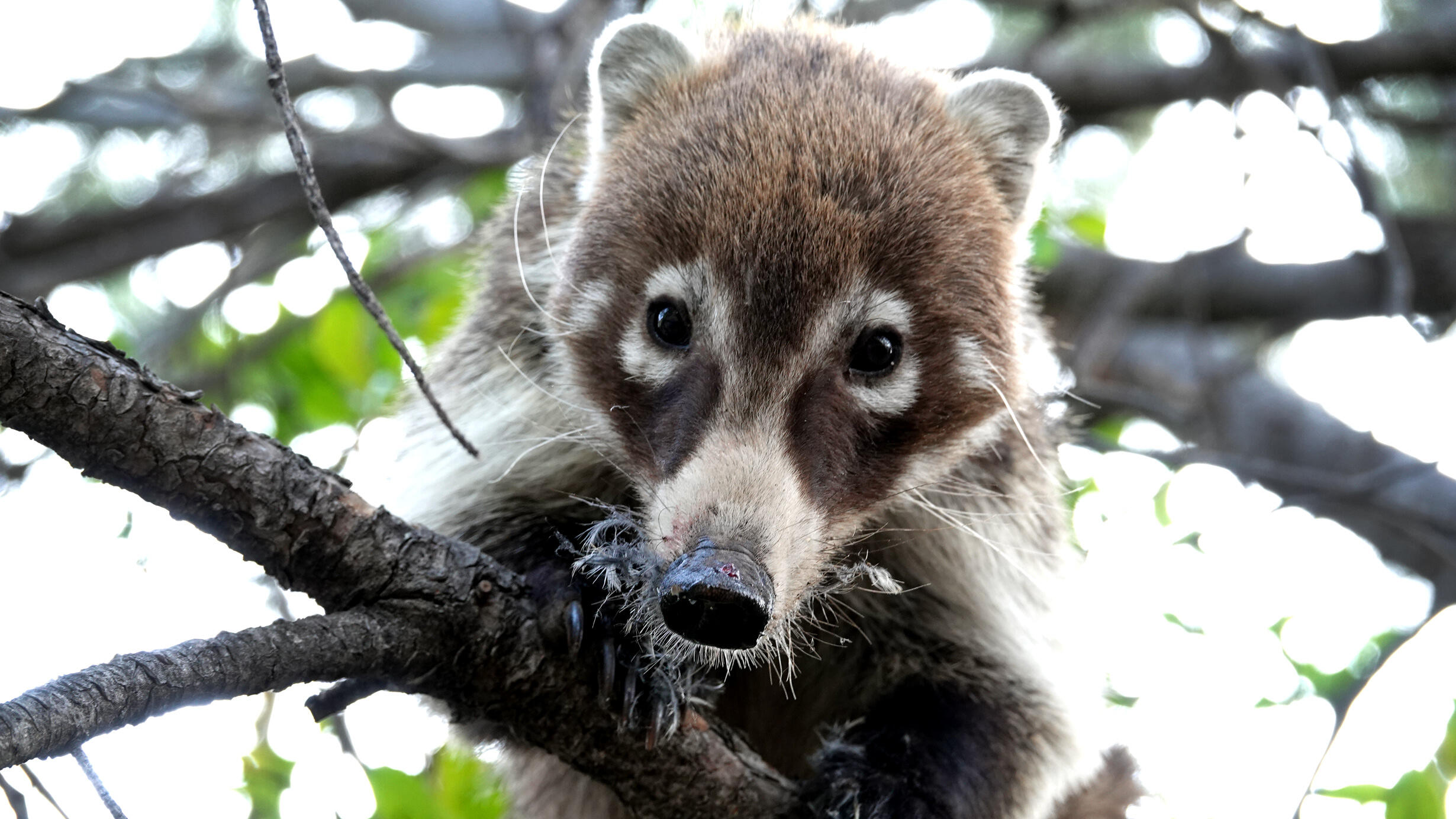 Nasua narica - White-nosed Coatimundi
Nasua narica - White-nosed Coatimundi© Courtesy of Laura Paulson
Perhaps you come seeking to pad your birding life list with specialties like Elegant Trogon, Blue-throated Mountain-gem, and Mexican Chickadee, or you hope to glimpse a band of White-nosed Coatis waving long tails as they disappear into vegetation, or to witness a nursing "red" among a squadron of Collared Peccories. Maybe you want to study the fantastic array of reptile, amphibian, bat or insect species found here. Whatever your reason, wildlife biodiversity is one of the top reasons to visit the Station, and both its mountain and desert basin surrounds. Below is a small selection of the vast array of species who make their home near us.
Birds
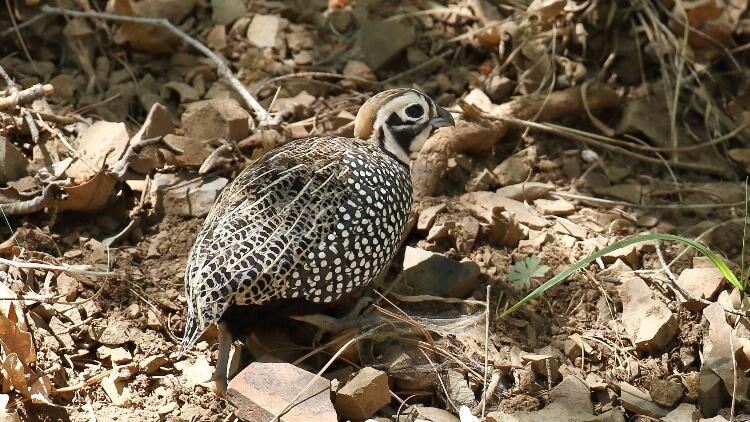 Cyrtonyx montezumae - Montezuma Quail
Cyrtonyx montezumae - Montezuma Quail© Courtesy of Steve Wolfe
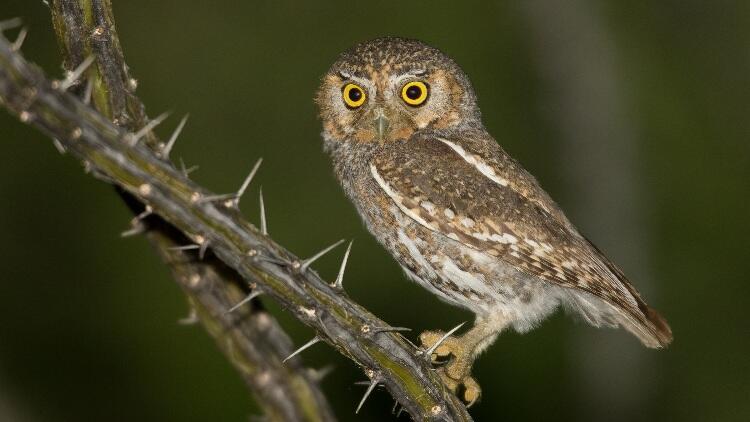 Micrathene whitneyi - Elf Owl
Micrathene whitneyi - Elf Owl© Courtesy of A.R. Donaldson
Courtesy of A.R. Donaldson
Courtesy of Steve Wolfe
© Courtesy of A.R. Donaldson
© Courtesy of Steve Wolfe
Courtesy of Carol Comeau
Courtesy of Carol Comeau
Courtesy of Laura Paulson
Courtesy of Laura Paulson
Courtesy of Carol Comeau
© Courtesy of Jonathon Dowell
© Courtesy of Carol Comeau
Courtesy of Carol Comeau
Courtesy of Carol Comeau
© Courtesy of Carol Comeau
Courtesy of Laura Paulson
© Courtesy of Laura Paulson
© Courtesy of Steve Wolfe
Practice and promote respectful, enjoyable, and thoughtful birding as defined in this code
1. Respect and promote birds and their environment.
(a) Support the conservation of birds and their habitats. Engage in and promote bird-friendly practices whenever possible, such as keeping cats and other domestic animals indoors or controlled, acting to prevent window strikes, maintaining safe feeding stations, landscaping with native plants, drinking shade-grown coffee, and advocating for conservation policies. Be mindful of any negative environmental impacts of your activities, including contributing to climate change. Reduce or offset such impacts as much as you are able.
(b) Avoid stressing birds or exposing them to danger. Be particularly cautious around active nests and nesting colonies, roosts, display sites, and feeding sites. Limit the use of recordings and other audio methods of attracting birds, particularly in heavily birded areas, for species that are rare in the area, and for species that are threatened or endangered. Always exercise caution and restraint when photographing, recording, or otherwise approaching birds.
(c) Always minimize habitat disturbance. Consider the benefits of staying on trails, preserving snags, and similar practices.
2. Respect and promote the birding community and its individual members.
(a) Be an exemplary ethical role model by following this Code and leading by example. Always bird and report with honesty and integrity.
(b) Respect the interests, rights, and skill levels of fellow birders, as well as people participating in other outdoor activities. Freely share your knowledge and experience and be especially helpful to beginning birders.
(c) Share bird observations freely, provided such reporting would not violate other sections of this Code, as birders, ornithologists, and conservationists derive considerable benefit from publicly available bird sightings.
(d) Approach instances of perceived unethical birding behavior with sensitivity and respect; try to resolve the matter in a positive manner, keeping in mind that perspectives vary. Use the situation as an opportunity to teach by example and to introduce more people to this Code.
(e) In group birding situations, promote knowledge by everyone in the group of the practices in this Code and ensure that the group does not unduly interfere with others using the same area.
3. Respect and promote the law and the rights of others.
(a) Never enter private property without the landowner’s permission. Respect the interests of and interact positively with people living in the area where you are birding.
(b) Familiarize yourself with and follow all laws, rules, and regulations governing activities at your birding location. In particular, be aware of regulations related to birds, such as disturbance of protected nesting areas or sensitive habitats, and the use of audio or food lures.
Birding should be fun and help build a better future for birds, for birders, and for all people
Birds and birding opportunities are shared resources that should be open and accessible to all
Birders should always give back more than they take
Download a printable version with additional habitat information and art by Narca Moore, courtesy of Naturalist Journeys and SWRS.
Main Occurrence is in Pine Oak Woodland & Sycamore Canyons
- Montezuma Quail
- Mexican Whip-poor-will
- Rivoli’s Hummingbird
- Blue-throated Mountain-gem
- Broad-billed Hummingbird
- White-eared Hummingbird
- Berylline Hummingbird
- Zone-tailed Hawk
- Whiskered Screech-Owl
- Elf Owl
- Elegant Trogon
- Arizona Woodpecker
- Greater Pewee
- Buff-breasted Flycatcher
- Dusky-capped Flycatcher
- Sulphur-bellied Flycatcher
- Mexican Jay
- Mexican Chickadee
- Bridled Titmouse
- Olive Warbler
- Yellow-eyed Junco
- Red-faced Warbler
- Painted Redstart
Main Occurrence is in Drier and Lower Elevation Habitats
- Mexican Duck
- Lucifer Hummingbird
- Violet-crowned Hummingbird
- Thick-billed Kingbird
- Rose-throated Becard
- Rufous-winged Sparrow
- Five-striped Sparrow
Grasslands, Scrub, and Associated Riparian and Aquatic Habitats
- Common Black-Hawk
- Gray Hawk
- Northern Beardless-Tyrannulet
- Botteri's Sparrow
- Varied Bunting
VERY RARE and HIGHLY UNEXPECTED, but POSSIBLE:
- Plain-capped Starthroat
- Eared (Trogon) Quetzal
- Blue Mockingbird
- Crescent-chested Warbler
- Yellow Grosbeak
WATCH FOR THESE Widely-recognized Subspecies:
- Northern Goshawk (Apache)
- Brown Creeper (Mexican)
- House Wren (Brown-throated)
Reptiles and Amphibians
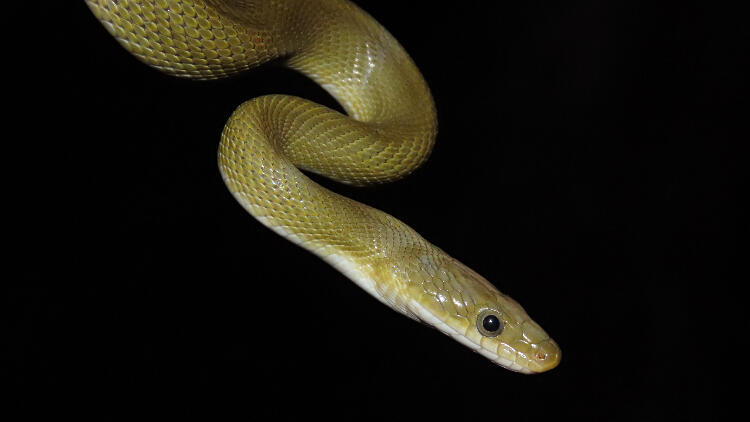 Senticolis triaspis - Green Rat Snake
Senticolis triaspis - Green Rat Snake© Courtesy of Carol Comeau
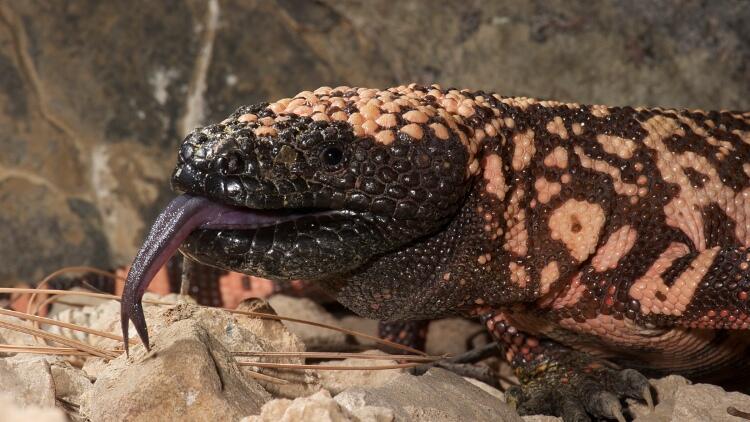 Heloderma suspectum - Gila Monster
Heloderma suspectum - Gila Monster© Courtesy of Raymond A. Mendez
© Courtesy of Raymond A. Mendez
© Courtesy of Steve Wolfe
© Courtesy of R. Wyatt Mendez
© Courtesy of Raymond A. Mendez
© Courtesy of Raymond A. Mendez
© Courtesy of Raymond A. Mendez
© Courtesy of Raymond A. Mendez
© Courtesy of Carol Comeau
© Courtesy of Laura Paulson
© Courtesy of Laura Paulson
Mammals
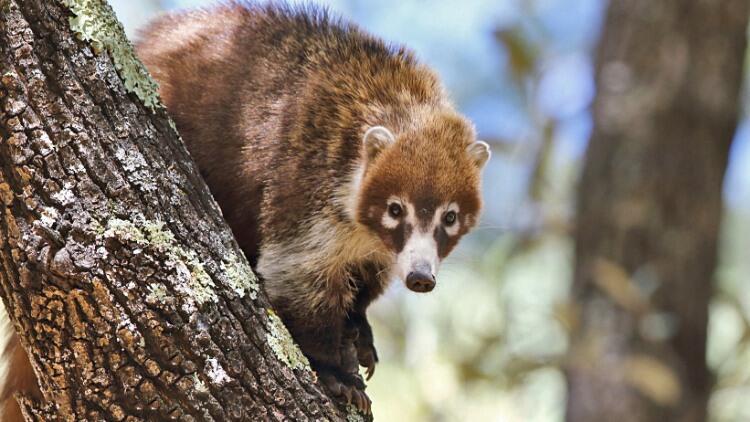 Nasua narica - White-nosed Coati
Nasua narica - White-nosed Coati© Courtesy of Steve Wolfe
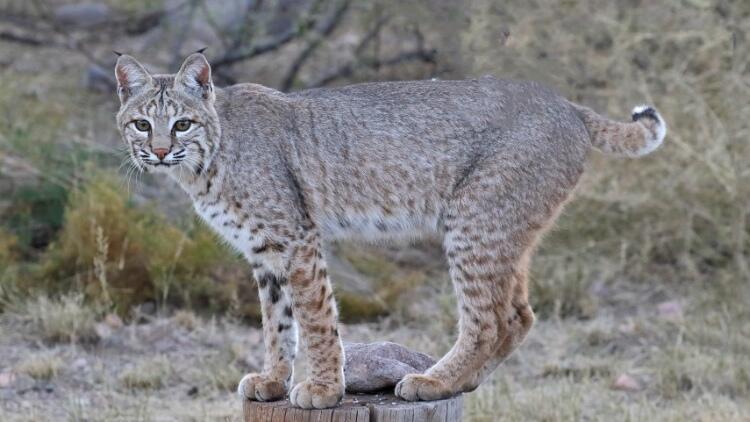 Lynx rufus - Bobcat
Lynx rufus - Bobcat© Courtesy of Steve Wolfe
Invertebrates
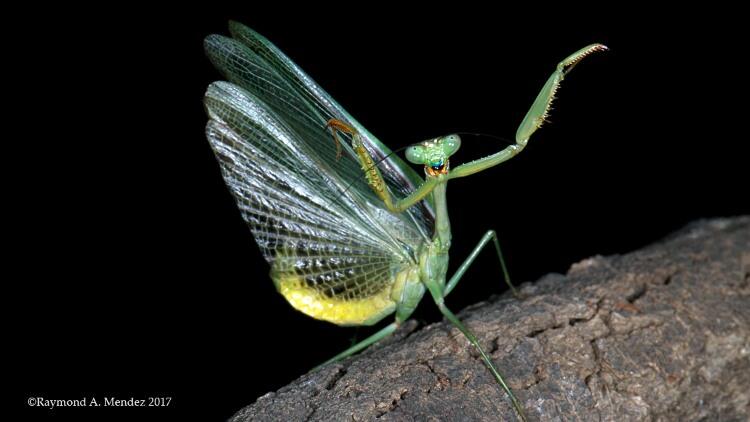 Stagmomantis limbata - Arizona or Bordered Mantis
Stagmomantis limbata - Arizona or Bordered Mantis© Courtesy of Raymond A. Mendez
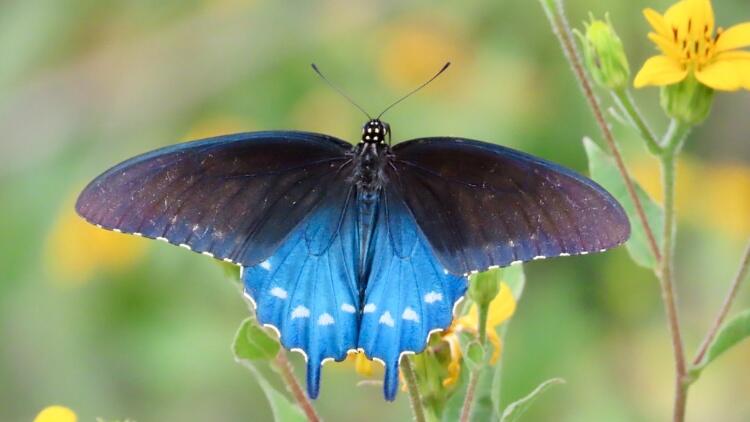 Battus philenor - Pipevine Swallowtail
Battus philenor - Pipevine Swallowtail© Courtesy of Carol Comeau
© Courtesy of R. Wyatt Mendez
© Courtesy of Raymond A. Mendez
© Courtesy of Raymond A. Mendez
© Courtesy of Raymond A. Mendez
© Courtesy of Raymond A. Mendez
© Courtesy of Raymond A. Mendez
© Courtesy of Raymond A. Mendez
© Courtesy of Raymond A. Mendez
Courtesy of Caitlin Smith
© Courtesy of R. Wyatt Mendez
© Courtesy of Raymond A. Mendez
© Courtesy of Raymond A. Mendez
© Courtesy of Raymond A. Mendez
Courteys of Steve Wolfe
© Courtesy of Laura Paulson
Courtesy of Carol Comeau
Courtesy of Laura Paulson
Courtesy of Laura Paulson
© Courtesy of Steve Paulson